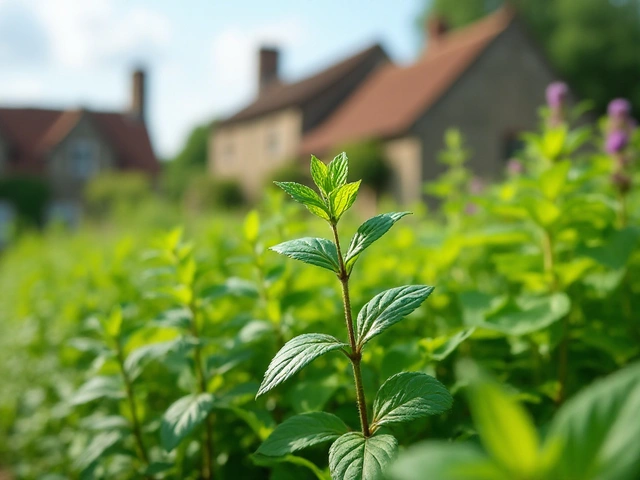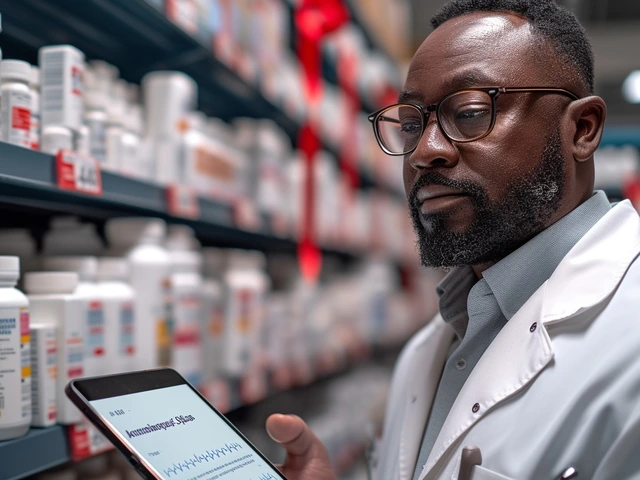Tinea Versicolor and Probiotics: What Really Helps?
If you’ve ever noticed patches of lighter or darker skin on your chest, back, or arms, you might have tinea versicolor. It’s a common fungal infection caused by Malassezia yeast that lives on the skin. While topical creams are the usual fix, many people wonder if probiotics can boost recovery or prevent flare‑ups.
The idea behind probiotics is simple: feed good bacteria in your gut so they keep the bad ones in check, and that balance may show up on your skin. Below we break down what the research says, which probiotic strains are worth trying, and how to pair them with everyday habits for better results.
How Gut Health Links to Skin When Tinea Versicolor Strikes
Gut microbes produce short‑chain fatty acids that help regulate inflammation. Less inflammation means the skin barrier stays stronger, making it harder for Malassezia to overgrow. Some small studies on other fungal conditions found that taking Lactobacillus or Bifidobacterium reduced itching and redness. Though direct evidence for tinea versicolor is still limited, the gut‑skin pathway gives a logical reason to try probiotics alongside standard treatment.
Best Probiotic Strains to Consider
Lactobacillus rhamnosus GG: Known for calming inflammation and supporting barrier function. Many over‑the‑counter formulas include it, and users often report smoother skin after a few weeks.
Bifidobacterium longum: Helps break down sugars that some yeasts feed on. By limiting excess sugar in the gut, you indirectly starve the skin fungus.
Saccharomyces boulardii: A beneficial yeast that competes with harmful yeasts like Malassezia. It’s a favorite among people dealing with recurring fungal issues.
Pick a supplement that lists at least 5‑10 billion CFU per serving and contains one of the strains above. Consistency matters – take it daily for at least four weeks to notice any change.
Besides supplements, you can boost probiotic intake with foods: yogurt with live cultures, kefir, kimchi, sauerkraut, or miso soup. Pair these with a low‑sugar diet, because high sugar feeds the yeast on your skin and gut alike.
Don’t forget basic skin care while you’re experimenting with probiotics. Use a gentle cleanser that doesn’t strip natural oils – over‑drying can trigger more oil production, giving Malassezia extra fuel. After showering, apply an antifungal body wash containing selenium sulfide or zinc pyrithione two to three times a week.
If you see new patches after a month of probiotic use, consider adding a short course of topical azole cream (like clotrimazole) for faster clearing. The probiotic work behind the scenes, while the cream attacks the fungus directly.
When choosing a probiotic product, watch out for added sugars or artificial sweeteners; they can undo the gut‑balancing benefits. Look for labels that say “no added sugar” and contain only natural flavors.
Finally, track your progress. Take photos of any affected areas weekly, note changes in itching or color, and write down what you eat. A simple spreadsheet helps you see if a particular strain or food correlates with improvement.
Bottom line: Probiotics aren’t a miracle cure for tinea versicolor, but they can support skin health and reduce the odds of repeat outbreaks when used with proper antifungal treatment and good lifestyle habits. Give it a try for a month, stay consistent, and you may notice smoother, more even‑toned skin.

Probiotics for Fungal Skin Discoloration: Prevention and Treatment Guide
- Date: 27 Aug 2025
- Categories:
- Author: David Griffiths
Can probiotics help with fungal skin discoloration like tinea versicolor? Clear, evidence-based advice on what works, what doesn’t, and how to use them safely.




